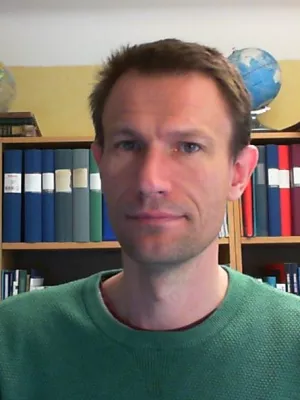
Andreas Persson
Senior lecturer

Morphometric Control on Dissolved Organic Carbon in Subarctic Streams
Author
Summary, in English
Climate change has the potential to alter hydrological regimes and to expand saturated areas in permafrost environments, which are important sources of organic carbon. The sources, transfer zones, and delivery mechanisms of carbon into the stream network are controlled by the morphometric properties of the catchment; however, the utility and limitations of these properties as predictors of dissolved organic carbon concentrations have rarely been systematically evaluated. This study tested the relationships between 18 morphometric indicators and observed dissolved organic carbon (DOC) concentrations in the Stordalen catchment, Sweden. Geospatial and explorative statistics were combined to assess the topographical, areal, and linear indicators influencing the distribution of DOC in the catchment. The results suggest that catchment morphometric indicators can be used as proxies to predict DOC concentrations along a longitudinal continuum in subarctic climate regions (R2 up to 0.52). Morphometry indicators that best served as predictors of DOC concentration in the model were as follows: relief, slope length and steepness factor (LS‐factor), sediment transport capacity, and catchment area. Due to the influence that catchment form exerts in DOC spatial patterns and processing, a morphometric approach can serve as a first approximation of DOC spatial patterns within a catchment. The initial step in identifying carbon sources based on the catchment topography has the potential to allow for quick and multilevel comparison within and between catchments.
Department/s
- Dept of Physical Geography and Ecosystem Science
- Centre for Geographical Information Systems (GIS Centre)
- BECC: Biodiversity and Ecosystem services in a Changing Climate
- MECW: The Middle East in the Contemporary World
- Centre for Advanced Middle Eastern Studies (CMES)
Publishing year
2020-09-22
Language
English
Publication/Series
Journal of Geophysical Research - Biogeosciences
Volume
125
Issue
9
Links
Document type
Journal article
Publisher
Wiley
Topic
- Physical Geography
Status
Published
ISBN/ISSN/Other
- ISSN: 2169-8953

